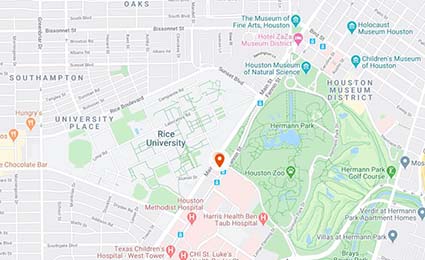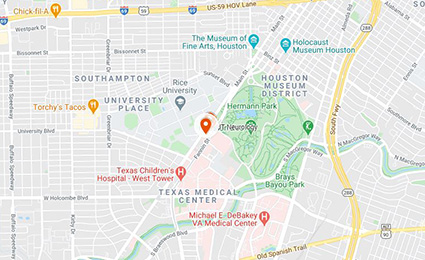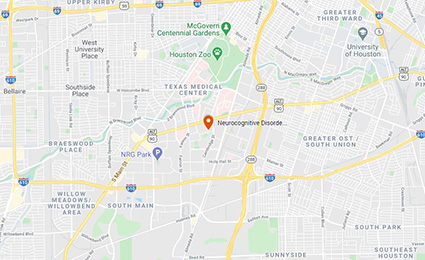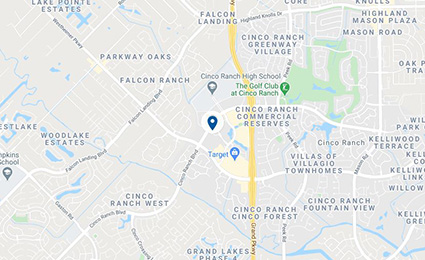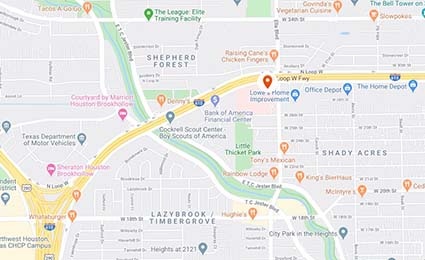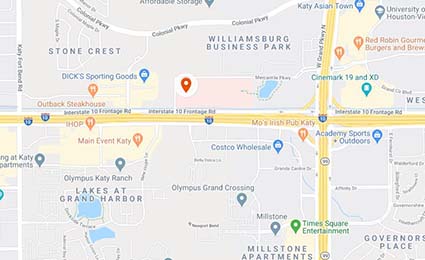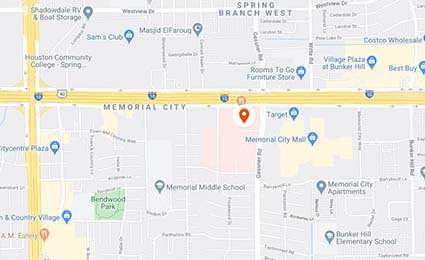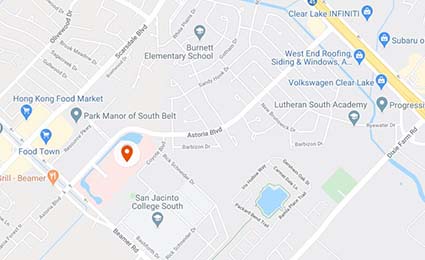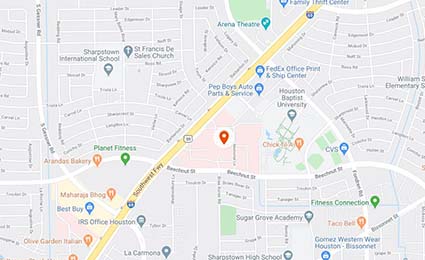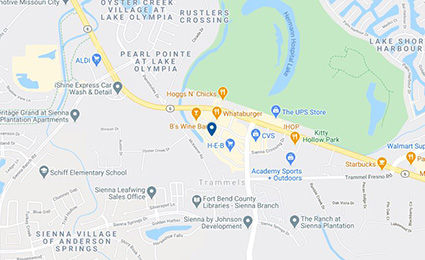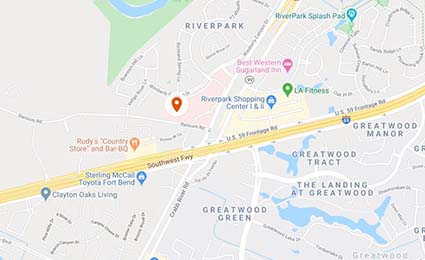Brain Aneurysm FAQ
Questions and answers about cerebral aneurysm
What is a Brain Aneurysm?
A brain aneurysm (or cerebral aneurysm) is a bulge that develops on a weakened artery wall in the brain. It fills with blood and can grow over time. Cerebral aneurysms often do not cause symptoms and are detected during testing for other conditions. It is uncommon for an aneurysm to rupture or bleed, but if it does, it can be a medical emergency. About 30,000 Americans a year suffer ruptured aneurysms. When that occurs, a patient may experience a sudden, severe headache, as well as nausea, vomiting, and blurred vision.
An aneurysm that is large but hasn’t ruptured may put pressure on tissue or nerves, causing pain, numbness, weakness, or vision changes.
An aneurysm typically forms at the bifurcation, or split, as an artery branches off. The most common type is a saccular aneurysm, which is a round sac attached to a main artery or one of its branches often along the base of the skull.
An aneurysm sounds scary. Is it an emergency?
Most brain aneurysms have a relatively low risk of bleeding and some don’t require treatment at all. Still, you should be seen by a cerebrovascular neurosurgeon after your diagnosis. If, after you have been diagnosed with an aneurysm you experience a severe headache, seek emergency medical care immediately. A bleed can lead to brain injury and even death.
What is the risk of my aneurysm bleeding?
The risk of an aneurysm bleeding predominantly depends on two main factors – the size and location. The shape and wall thickness also contribute to the chance of rupture. Depending on these factors, we can give you an estimate of the risk of bleeding. Whether the patient is a smoker or suffers hypertension also can impact the risk.
What is the treatment for brain aneurysms?
Some aneurysms with an extremely low risk of bleeding may not need treatment at all. You will be monitored to make sure the aneurysm doesn’t grow. Surgery has long been the primary form of aneurysm treatment and requires a cerebrovascular surgeon to place a clip on the aneurysm.
The other treatment is endovascular. Technology has improved over the last 20 years to allow devices to navigate through the blood vessels to treat aneurysms. Physicians trained in Endovascular Neurological Surgery can treat aneurysms through the artery in the leg.
What does surgery for a brain aneurysm involve?
Surgery for brain aneurysms requires an incision on the scalp that allows us to go around the brain since the blood vessels that have aneurysms lie on the surface. Once we locate the aneurysm, we can place a clip so that no blood goes in the aneurysm. This treatment is typically durable and effective.
How is an endovascular procedure different?
It does not require an incision on the scalp or brain. The access is through the femoral artery in the groin. Through this artery, surgeons can go up to the brain using small catheters and treat the aneurysm in the blood vessel.
The most common endovascular treatment is coil embolization. The sack of the aneurysm is filled with small metal coils that prevent blood from circulating in the aneurysm.
Before aneurysm coiling, an aneurysm can be seen at the branch point, called an anterior communicating artery aneurysm.
After coiling, the aneurysm doesn’t fill with blood anymore. If you look closely, you can see coils in the aneurysm sack where the aneurysm previously filled. This case was a complex aneurysm and required a stent combined with coils.
What about other endovascular treatments like flow diversion and intrasaccular devices?
The technology for treatment of brain aneurysms continues to advance and these newer devices are approved for aneurysm treatment. The best treatment for your aneurysm depends on its location and anatomy, and all options will be considered.
Contact Us
At UTHealth Houston Neurosciences, we offer patients access to specialized neurological care at clinics across the greater Houston area. To ask us a question, schedule an appointment, or learn more about us, please call (713) 486-8000, or click below to send us a message. In the event of an emergency, call 911 or go to the nearest Emergency Room.
